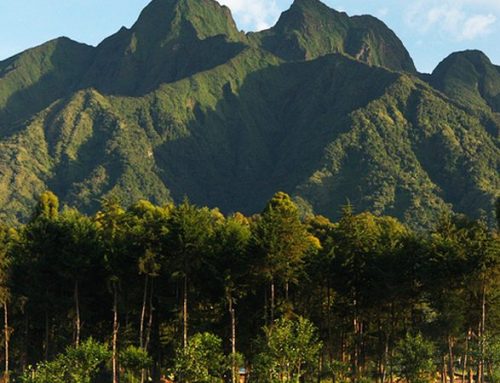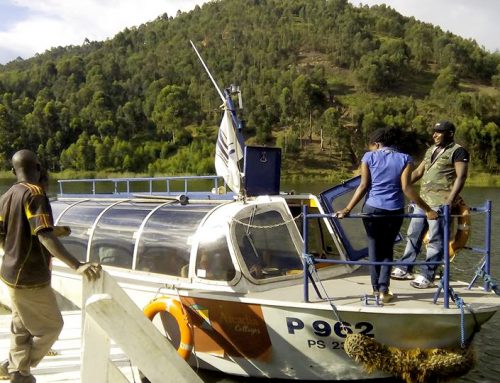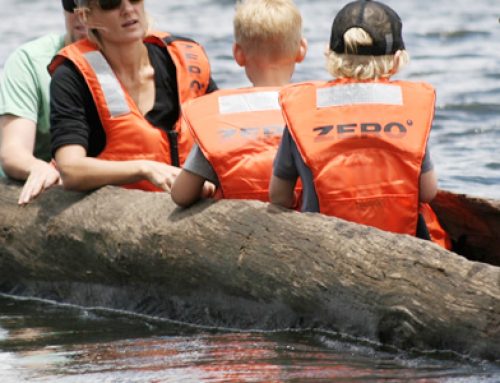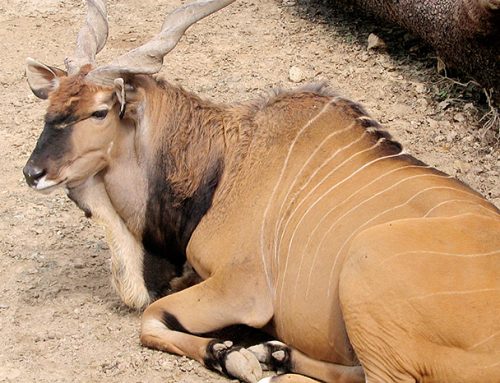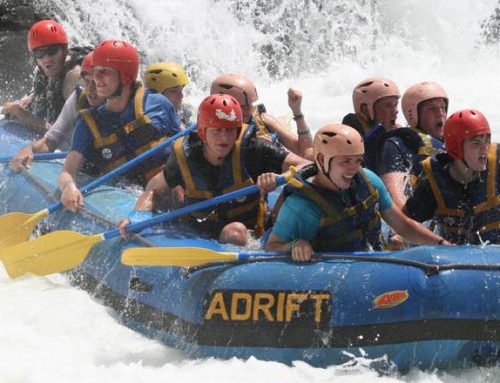Mountain Gorilla
The Mountain gorilla is one of the world’s most sought primates. The species of gorillas can only be found Volcanoes National Park in Rwanda, Virunga National Park in Congo, Bwindi Impenetrable National Park and Mgahinga Gorilla National Park in Uganda. Mountain gorillas have fur in their bodies that help them to live in cold temperatures. They live on elevations of 2200-4300 meters above sea level. Gorillas are terrestrial and quadrupedal and can run bipedally. They move by knuckle-walking with their arms supporting body weight.
Uganda gorilla trekking experiences take place in Bwindi Impenetrable Forest and Mgahinga National Park. Gorilla trekking Rwanda experiences take place in Volcanoes National Park whereas Congo gorilla trekking tours take place in Virunga National Park and Kahuzi Biega National Park.
Adult male gorillas are called Silverbacks because of the grey fur they develop on their backs with age. They can climb on trees to pick fruits if the branches can support their body weight. Their arms are longer than their legs just like chimpanzees.
Mountain Gorilla Scientific Name
The scientific name of mountain gorillas is Gorilla Beringei Beringei. Mountain gorillas are believed to be descendants of Apes and ancestral monkeys that lived in Arabia and Africa 24 to 34 million years ago. They were first referred to as Troglodytes in 1847 and then later named gorillas in 1852. Male gorillas have a mean weight of 195kg and height of 168cm while the female gorillas have a mean weight of 100kg and height of 140cm. The tallest gorilla ever recorded was 1.9 meters tall, 219 kilograms and arm span of 2.7m. The heaviest silverback recorded was shot in Ambam Cameroon weighing 267kg.
There Behavior
We have seen so many kinds of gorilla adaptations. Gorillas sleep in nests made by vegetation. These nests are constructed every evening. Gorillas are always active from 6 am to 6 pm daily as they feed on leaves, roots, fruits, bark, stems, and flowers making them primarily herbivores. A female mountain gorilla can eat up to 18kgs of vegetation a day while a male can eat up to 34kgs.
Mountain gorilla groups are always dominated by a silverback that determines the group’s activities. When the young male gorillas grow, they leave their natal groups to join other male lone silverbacks in order to attract females in their group or they form their own. The female gorillas always move to other groups or join a lone silverback to form their own family.
Where do Gorilla Live ?
Mountain Gorilla Trekking & Habituation
According to Wikipedia, Mountain gorillas live in groups of 5-30 individuals led by a dominant silverback. Female gorillas give birth to an infant after a period of 8-9 months. Just like human babies, gorilla infants only weigh about 4pounds and can only cling to their mother’s backs from 4 months to 3 years of age. Female gorillas can start producing at the age of ten years and can give birth to 2-6 offspring in a lifetime.
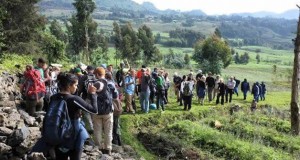 Mountain gorillas were recently removed from IUCN’s Red List as endangered. Before, they were threatened by habitat loss, poaching, bush fires, civil wars and so much more. As their numbers surpassed 1000, they were whitewashed from the list. This was made possible by all the tourists who purchased gorilla permits to meet these gorillas.
Mountain gorillas were recently removed from IUCN’s Red List as endangered. Before, they were threatened by habitat loss, poaching, bush fires, civil wars and so much more. As their numbers surpassed 1000, they were whitewashed from the list. This was made possible by all the tourists who purchased gorilla permits to meet these gorillas.
Mountain gorillas can be trekked from Mgahinga Gorilla National Park and Bwindi Impenetrable National Park in Uganda, Virunga National Park in Congo and Volcanoes National Park in Rwanda. Virunga, Mgahinga and Volcanoes National Parks share the Virunga Conservation Area.
Tourists are always led to trek gorillas by park rangers and the moment gorillas have been found, a period of one hour is always given to observe this great apes. For gorilla habituation, you will be granted 4 hours around these apes instead of 1. Gorilla habituation is the process by which tourists join scientist and researchers in the process of making gorillas used to human presence. This involves four hours of being in the presence of mountain gorillas. Gorillas are always habituated to get used to human presence before they are opened up for trekking.
How much is a Gorilla Permit ?
Cost of Gorilla Permits
The cost of the gorilla trekking permit will always depend on where you will trek gorillas from. Rwanda has the highest tag apparently amounting to $1500 for each permit purchased. Uganda is the only destination that favors both budget gorilla trekking and luxury gorilla trekking tourists with its permits being at a standard price of $600. Congo offers the cheapest gorilla permits at only $400 each. The cost of the Gorilla habituation is only $1500 in Uganda and entitles you to 4 hours with a gorilla family.
What is the best time for visiting gorillas?
The best time for visiting gorillas in all the three parks is during the drier months of June to September and December to February. During this time the trekking trails are easy to traverse and not muddy like in the wet season hence, offering the best hassle-free trekking experience. You will, however, have to follow the respective gorilla trekking rules and regulations and carry the necessary gorilla trekking gears with you.


